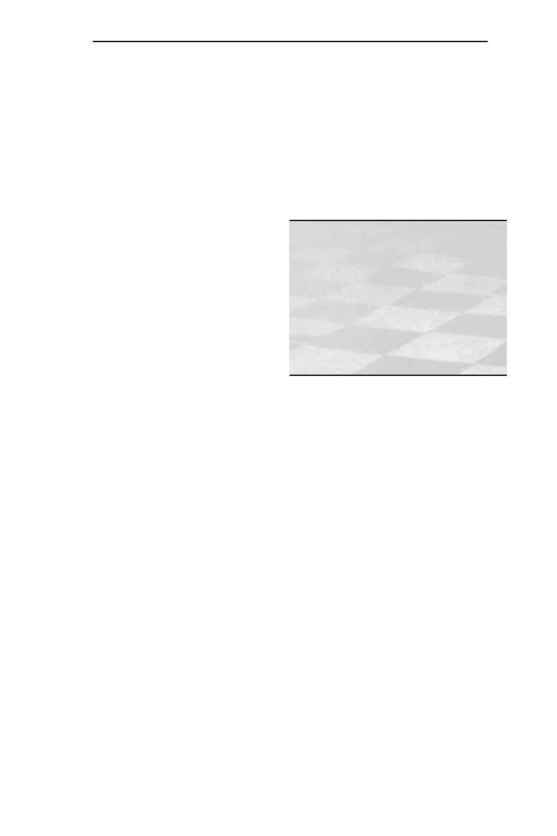
the ranking phenomenon
17
www.petersons.com
churning rides. Many institutions have dropped as many as 10 places in a
single year, only to move up nearly an equal number of places the following
year. In a few cases, an institution strongly placed in the second tier one
year found itself in the fourth tier a year later.
A few years ago, Gerhard Casper, former president of Stanford Uni-
versity, tracked the movement of
his and other institutions over
several years. He concluded that
"rankings lead readers to believe
either that university quality pops
up and down like politicians in
polls, or that last year's rankings
were wrong but this year's are
right." In a letter to U.S. News,
he continued: "What else is one
to make of Harvard's being #1 one year and #3 the next, or Northwest-
ern leaping in a single bound from #13 to #9? And it is not just this year.
Could Johns Hopkins be the twenty-second best national university two
years ago, the tenth best last year, and the fifteenth best this year? Which
is correct, that Columbia is #9 (two years ago), #15 (last year), or #11
(this year)?"
Presidents know more than most people that their institutions don't
change much over a 12-month period. Even with concerted effort,
change usually occurs incrementally and is implemented at something
approaching glacial speed. That's simply the nature of bureaucratic and
administratively conservative institutions. Revolution is rare and conti-
nuity is the norm. From one year to the next, colleges retain most of
their same faculty, teach the same courses, have about the same financial
reserves, and attract a similar crop of students. The campus, as viewed
by the president, the faculty, and students, looks much the same from
one year to the next.
"The fundamental concept is
flawed. It's not meaningful to rate
colleges the same way you would
athletic teams. It's just not so
simple. My guess is you wouldn't
find a college president in the
country who would disagree with
that."
